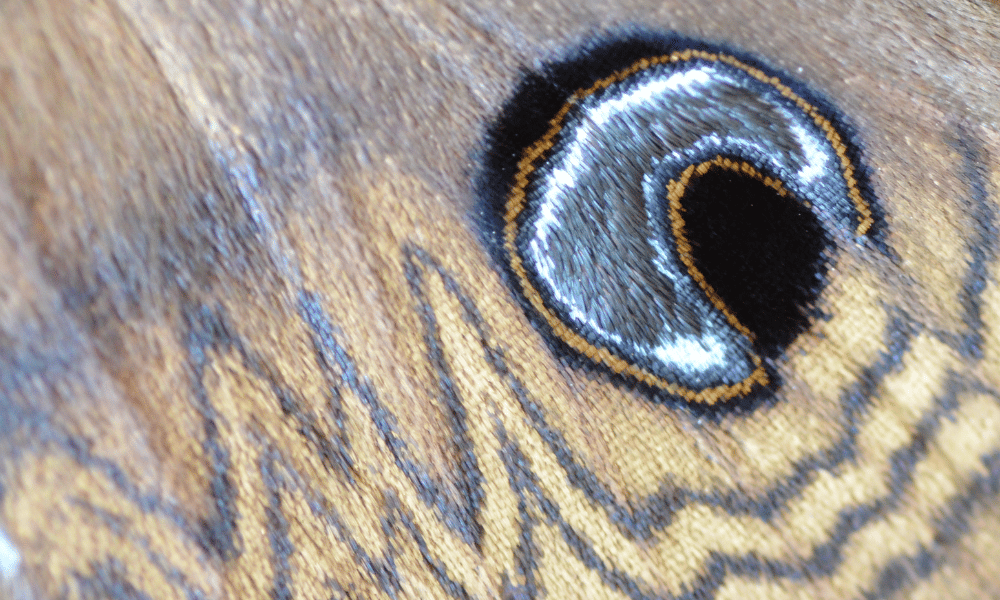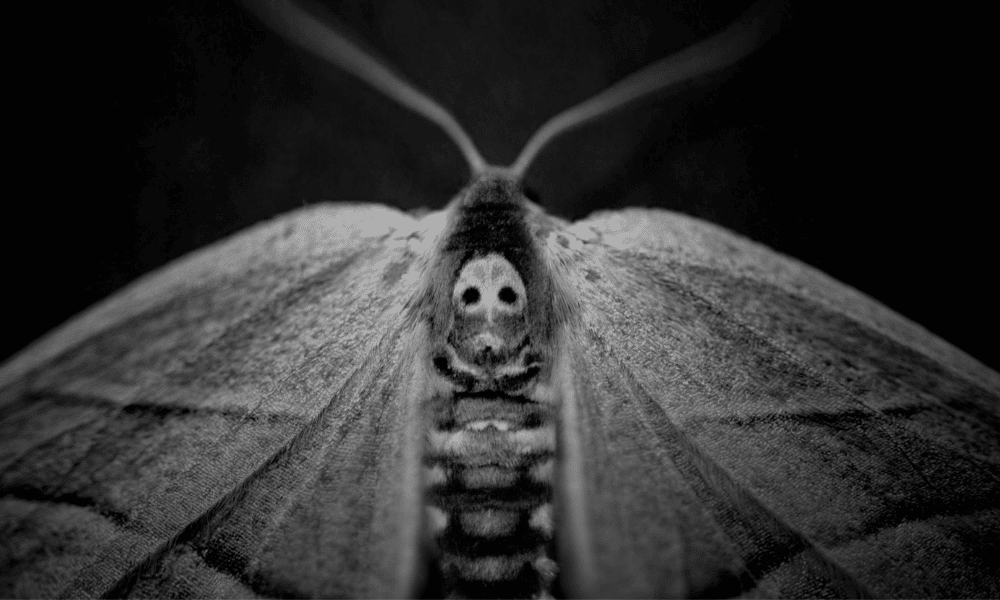Moths can be equally as beautiful as butterflies. Even in their caterpillar stage, they are essential to the environment. If you touch a moth, it might give off what appears to be dust. So, why do moths turn to dust?
No, moths do not turn to dust when they are dead. Otherwise, they wouldn’t be very tasty to predators, would they? The dust you see are tiny scale particles.
It is true that moth wings are very delicate, but what more do we know about them?
Do Moths Disintegrate When You Touch Them?
Moths are part of the Lepidoptera class of insects, which in Latin means scaled wings.
The scales that cover their wings are not like those of a reptile, which would be far too heavy. They are not even like human skin scales. But what is interesting is that to the human eye, these scales look more like tiny bits of dust.
When a moth dies, as its wings break down, they may appear to look like tiny blobs of dried-up paper.
When touched, they will seem to crumble from the shape they held so proudly in life. This gives the effect that the moth’s wings have disintegrated.
But what you are seeing are the microscopic scales falling away from the wing membrane.

Should you be lucky enough to have a moth land on you, it is better not to touch it because you may damage the wing membrane.
Losing a few scales would not harm its wings. It is the membrane itself that is very delicate. With injured wings, a moth cannot fly, and therefore, will not survive.
No, moth dust is not harmful to you or your pets. Of course, if you rub it in your eyes then it might irritate you but the presence of moth dust or powder won’t harm you.
Are Moths Made of Dust?
The dust-looking specks that a moth often leaves behind are in fact their scales and not actual dust.
Think of their scales as tiny hairs more likened to the growth of human hair. Like our hair, the moth’s scales are attached. They grow from the membrane of their wings.
These scales also serve as part of the structure that creates their wing patterns. This is ultra-important as they use this mechanism for camouflage.
With such a dramatic disguise, they can fool predators into believing they are bigger or stronger. Or even give out the warning of being toxic, by using particular colouring.
This shows how vital it is that the scales do not become damaged.
A moth cannot fly with heavy water drops on its body. This is another amazing use for those microscopic scales. They grow in a layered effect, like crisscrossing of brickwork, which serves to repel water and keep its body dry.
Should any water get through, the moth will need to dry out in the sun, rendering it prone to the dangers of predators.
Moths are NOT Made of Dust!
This is a common misconception that moths are made entirely of dust. But, as confirmed by Science Focus, the dust is made of tiny scales from the hair-like coating on the moth’s wins.
Do Moths Shed Their Wings?
Moths can shed their scales, but never their wings.
Whenever their wings touch something, the tiny scales can rub off, much as humans shed the tiny particles of their skin.
The moth may land on a flower whereby the petals or leaves could rub against its wings. Then there is the wind that blows at their wings, causing a few scales to shed in the breeze.
It is this loss of scales that can cause humans to sneeze, or you may find that being close to moths can irritate your skin. But for the moth, the tiny bits of scale shedding are all natural and normal.
However, moths cannot afford to lose or damage their wing membrane because they do not grow back. The tiny scales that cover their wings can grow back, but not the skeletal structure of the wing.
So, take care of this beautiful small creature. Don’t forget that when you next see a moth, it is busy doing all its many tasks to help the environment.
Summary
Although moths give off what appears to be dust when they die or when they shed some of their skin, it is not dust. The dust they leave behind is actually small scales from their wings.







